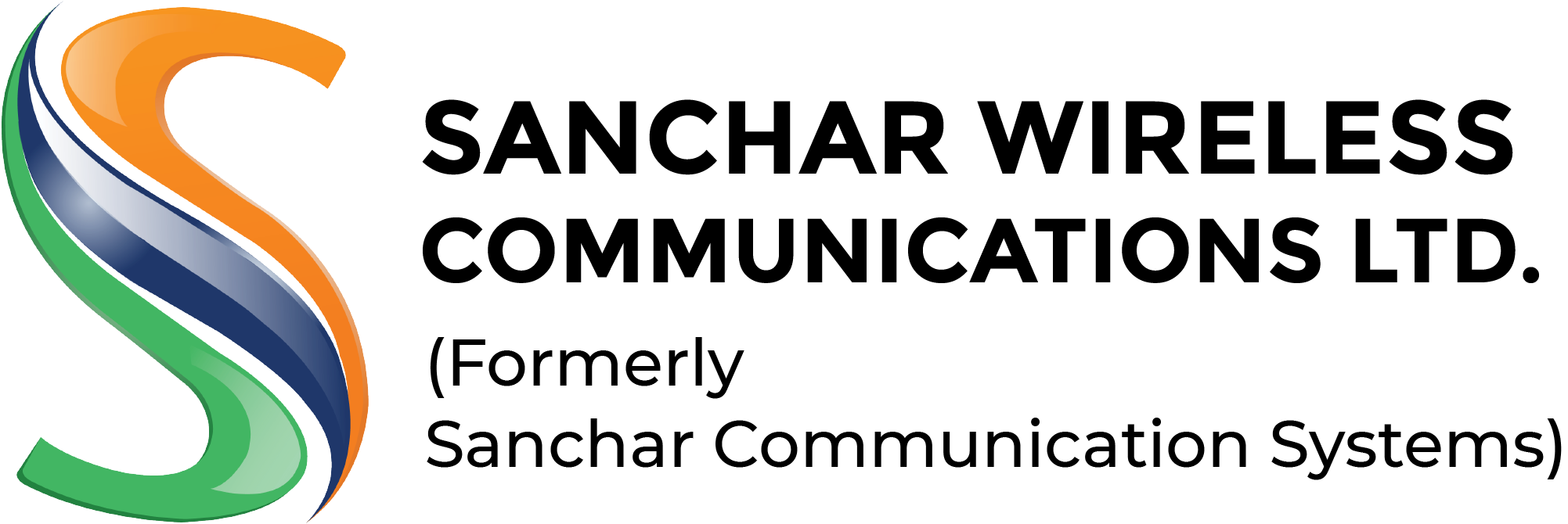
Breaking Barriers: Advancements in Digital Relay Radio Technology
In the realm of wireless communication, advancements in digital relay radio technology have revolutionized the way we transmit data and overcome barriers. These innovations have paved the way for faster, more reliable, and more efficient communication across various industries. In this blog post, we will explore the remarkable advancements in digital relay radio technology and the impact they have on breaking barriers in communication.
1. Improved Range and Coverage: Digital relay radio technology has significantly enhanced the range and coverage of wireless communication systems. By utilizing advanced modulation schemes and signal processing techniques, these systems can transmit data over long distances without compromising on quality. This breakthrough has enabled industries such as public safety, transportation, and utilities to establish robust communication networks that span vast geographical areas, connecting remote locations and breaking barriers that were previously hindering effective communication.
2. Enhanced Data Transfer Speeds: The evolution of digital relay radio technology has brought about a substantial increase in data transfer speeds. Through the utilization of efficient coding schemes and modulation techniques, these systems can transmit large volumes of data quickly and reliably. Industries that rely on real-time data, such as emergency response, broadcasting, and industrial automation, benefit immensely from this advancement. It enables them to exchange critical information rapidly, leading to improved decision-making, operational efficiency, and overall productivity.
3. Enhanced Reliability and Resilience: Digital relay radio technology offers superior reliability and resilience compared to traditional analog systems. With the incorporation of error correction algorithms and adaptive modulation, these systems can overcome signal degradation, interference, and fading effects, ensuring consistent and uninterrupted communication. Industries operating in challenging environments, including construction, mining, and oil and gas, depend on this reliability to maintain seamless communication even in harsh conditions. The robustness of digital relay radio technology helps organizations overcome physical barriers, electromagnetic interference, and other challenges that would otherwise impede effective communication.
4. Advanced Security Features: Digital relay radio technology incorporates robust security features to protect sensitive information. Encryption algorithms and authentication mechanisms safeguard data transmissions, ensuring confidentiality and preventing unauthorized access. Industries that handle classified information, such as defense and finance, rely on these security features to maintain the integrity of their communication networks. By addressing concerns related to data privacy and security, digital relay radio technology strengthens trust and facilitates secure communication, allowing industries to operate with confidence.
Conclusion
The advancements in digital relay radio technology have broken barriers in wireless communication. By improving range, data transfer speeds, reliability, security, and compatibility, this technology has transformed the way industries communicate and operate. With its ability to overcome physical and technical obstacles, digital relay radio technology has become a driving force behind efficient and effective communication across various sectors.

Somebody essentially lend a hand to make significantly articles I’d state. That is the very first time I frequented your website page and up to now? I surprised with the research you made to make this actual submit amazing. Wonderful task!